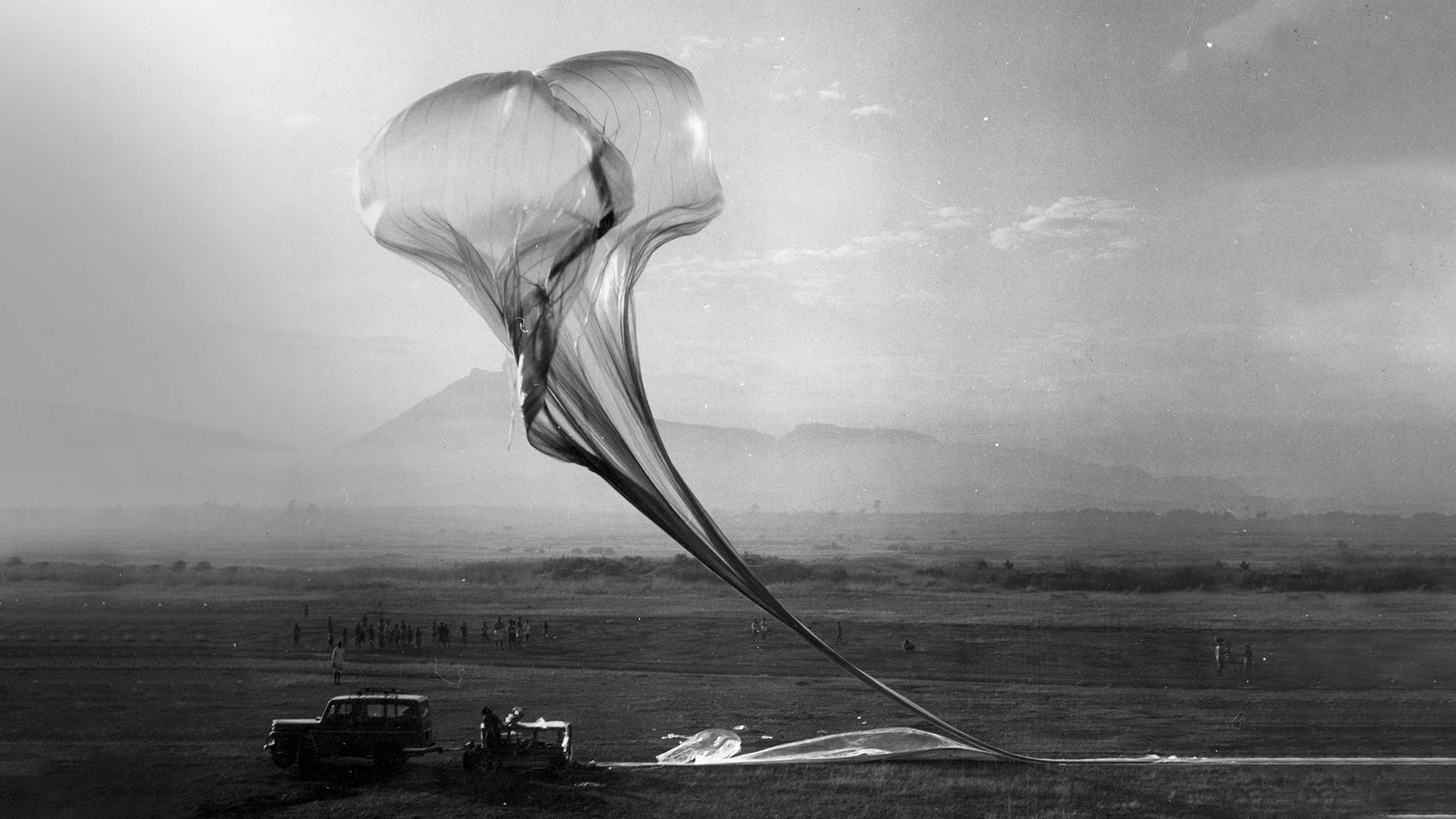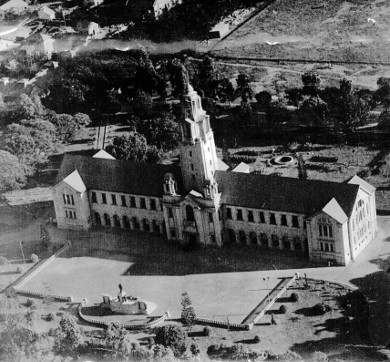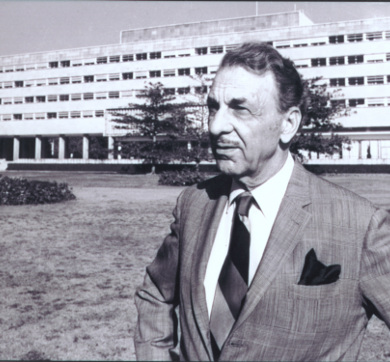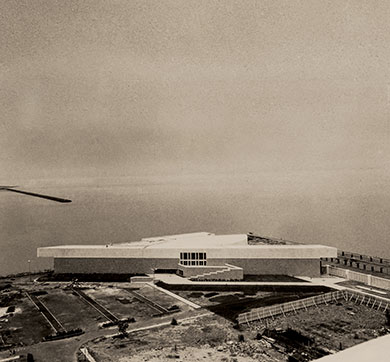June 2021 | 1102 words | 4-minute read
It was May 1945. India was still under foreign rule. But two men, Dr Homi J Bhabha and JRD Tata, were already thinking ahead. They had the foresight to see what would prop up the country decades hence and to start working towards it in earnest.
Their combined efforts convinced the trustees of the Sir Dorabji Tata Trust (SDTT) to sponsor, in association with the Government of Bombay, what came to be known as the Tata Institute of Fundamental Research (TIFR).
The wheels were set in motion when JRD and Dr Bhabha happened to meet. During the conversation, Dr Bhabha lamented about the lack of research facilities in India, adding that he could not go abroad because of World War II. JRD suggested that Dr Bhabha write to Sir Sorab D Saklatvala, Chairman of SDTT, adding that he would support his proposal for a research institute.
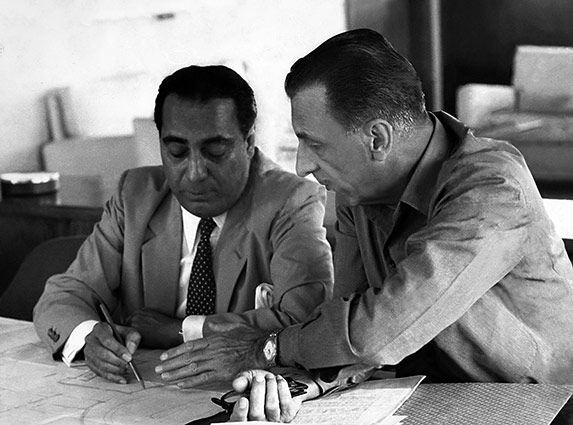
At that time, Dr Bhabha had just started his career as an engineer, but was deeply interested in theoretical physics. He wrote a letter to the SDTT, with a request for financial assistance for “creating a school of physics comparable to the best anywhere in the world.” True to his word, JRD pleaded his cause and the required amount was sanctioned immediately.
MGK Menon, who succeeded Dr Bhabha as Director of TIFR, observed, “Without support provided by Jeh (JRD Tata), history would have been very different. Homi Bhabha may not have stayed on in India; TIFR may not have come into existence, as it is now. Jeh’s was the hand that directed fate as it turned out to be.”
Birth of an institution
A tripartite agreement was signed between the Trust, the Government of Bombay and the Government of India. The agreement ensured extensive financial support from the Government of India, along with greater and permanent representation on the Council of Management. The Provisional Council of TIFR consisted of Sir SD Saklatvala (chairman), representative of SDTT; SN Moos, representative of the Government of Bombay, Dr John Mathai, representative of SDTT, and Dr HJ Bhabha, director of the institute.
The institute began its work from June 1, 1945, at the Indian Institute of Science (IISc), Bengaluru (then Bangalore). The Cosmic Ray unit of IISc was incorporated into this new institute. Dr HJ Bhabha took charge as the director and remained so until his death in an air crash in 1966.
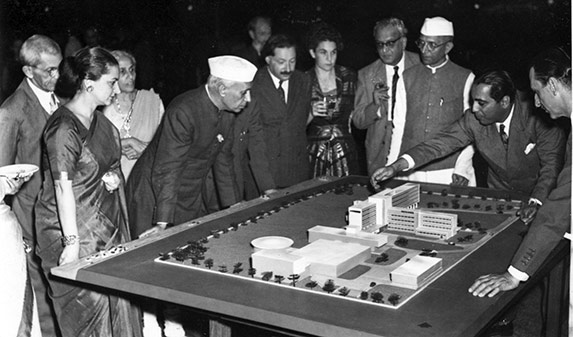
Farsighted words
The inauguration was a momentous occasion. In his inaugural speech, Dr Bhabha said, “The pursuit of science and its practical application are no longer subsidiary social activities today. Science forms the basis of our whole social structure without which life as we know it would be inconceivable. As Marx said, ‘Man’s power of nature is at the root of history’, and we have in our own time seen the history of the world shaped by those countries which have made the greatest scientific progress.”
Dr Bhabha continued, “Science has at last opened up the possibility of freedom for all from long hours of manual drudgery, and today we stand at the beginning of an age when every person will have the opportunity to develop himself spiritually to his fullest stature. With the mastery of atomic energy and the accelerating progress of science in other fields, the world in a hundred years’ time will look as different from today, as today is different from the middle ages.”
The prescience of these words was proved by the fact that the institute went on to have several achievements to its credit. TIFR did a large amount of experimental research that led to trend-setting initiatives. It built India’s first digital computer in 1957 and helped discover the farthest radio galaxy.
The nation was quick to acknowledge the excellence of its efforts. In early 1949, the Council of Scientific and Industrial Research, Government of India, announced that TIFR would be the centre for all large-scale projects in nuclear research.
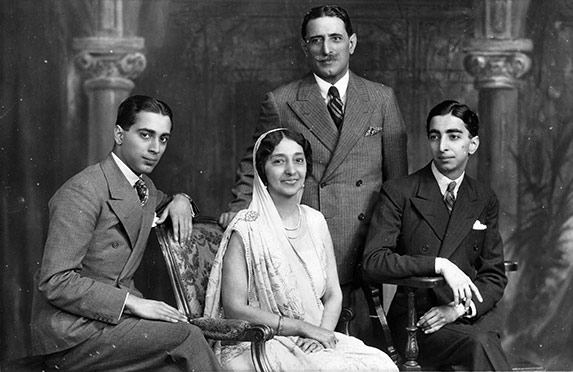
A new home
In October, TIFR moved to Mumbai (then Bombay) and began working out of Kenilworth, a bungalow at Peddar Road. The facility was inaugurated by Sir John Colville, Governor of Bombay, on December 19, 1945.
By 1949, even this massive space seemed too small to accommodate all that TIFR had grown to achieve. Once again TIFR moved to a building next to the Gateway of India, commonly known as the Old Yacht Club. The Cosmic Ray group was the first to start functioning in the new premises. The Nuclear Emulsion and the Electron Magnetism group started in 1953. Work in Computer Science and Technology began in 1954, and the first pilot machine became operational in 1956. The full-scale machine, later named the TIFRAC, was commissioned in February 1960.
In subsequent years, the institute grew to work in several cutting-edge fields. In the 1960s, TIFR expanded to start a Molecular Biology group and a Radio Astronomy group, as well as a low temperature facility and a semiconductor group. The Basic Dental Research group, introduced in 1964, was later discontinued.
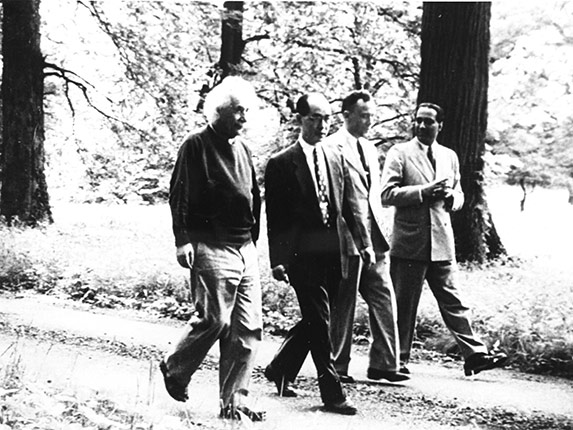
In the 1970s, other areas of study were added to TIFR’s repertoire of subjects. This included the addition of Theoretical Astrophysics and the Homi Bhabha Centre for Science Education. Then came a period of tremendous growth during which the institute expanded by setting up the National Centre for Radio Astrophysics in Pune, and the Centre for Applicable Mathematics as well as the National Centre for Biological Sciences, both in Bengaluru. In 2007, it founded the International Centre for Theoretical Sciences.
The work of the institute is focused in the School of Mathematics, the School of Natural Sciences and the School of Technology and Computer Sciences. The institute was granted the status of a deemed university in 2003.
The significance of TIFR lies in the fact that it was the foundation stone for India’s success in harnessing atomic energy. At a time when there was little or no scientific infrastructure in existence, TIFR pointed India towards a future in which the country could stand among the scientific giants of the world.
—Cynthia Rodrigues
Photos courtesy Tata Central Archives


